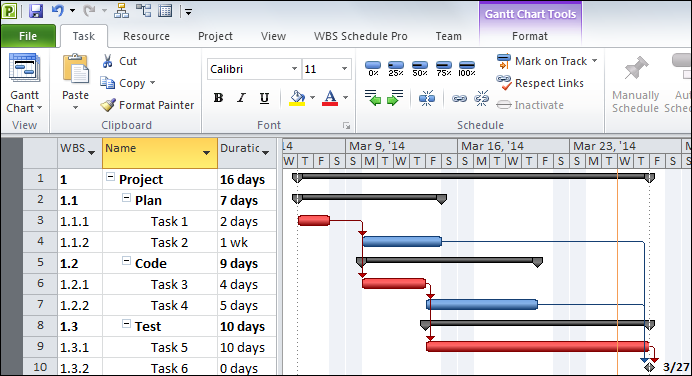

Automation capabilities: Asana offers over 70 rules you can choose from to automate tasks within your project management workflow.However, Basecamp offers a well-rounded suite of built-in tools, making it ideal for small companies needing a turnkey solution. As such, Asana is a better deal for already-established companies with an existing technology stack that must be integrated into a chosen project management software. Integration options: Asana offers over 200 integration options while Basecamp offers around 75 integration options.This makes Asana a better deal for midsized or large companies with lots of users and Basecamp a better deal for startup teams or freelancers.
PROJECT PLAN 365 WBS FREE
Pricing model: While Asana offers a per user, per month, pricing model starting at $10.99 per user, per month (when billed annually) and a free plan for up to 15 users, Basecamp offers a monthly rate of $199 per month (billed annually) for unlimited users.While we will explore their differences in-depth in this article, to give you a quick idea of their differences and so, unique use cases, here’s a high-overview at only some of their differences and how those differences play into the best use cases for each software: To this end, both offer standard project management tools, such as workspaces, time tracking, collaboration tools, reports, charts and integration options, among others.Īlthough both are project management software, each has its own advantages, disadvantages and ideal use cases. They are used by project managers to build and maintain project workflows, track the project’s status, assign tasks to team members and automate tasks to create the most efficient project management processes. Both Asana and Basecamp are project management software.


 0 kommentar(er)
0 kommentar(er)
